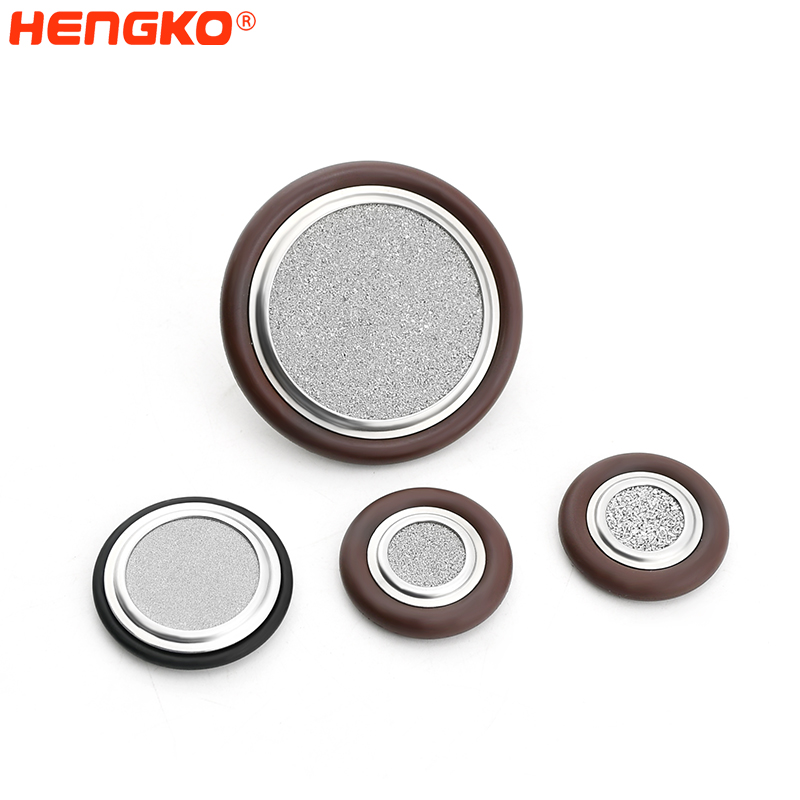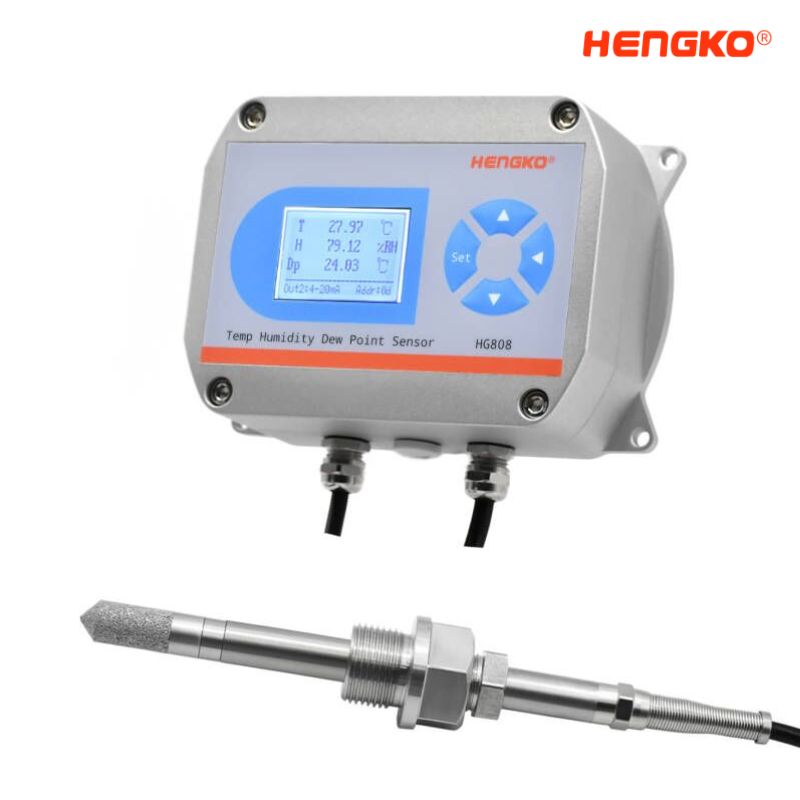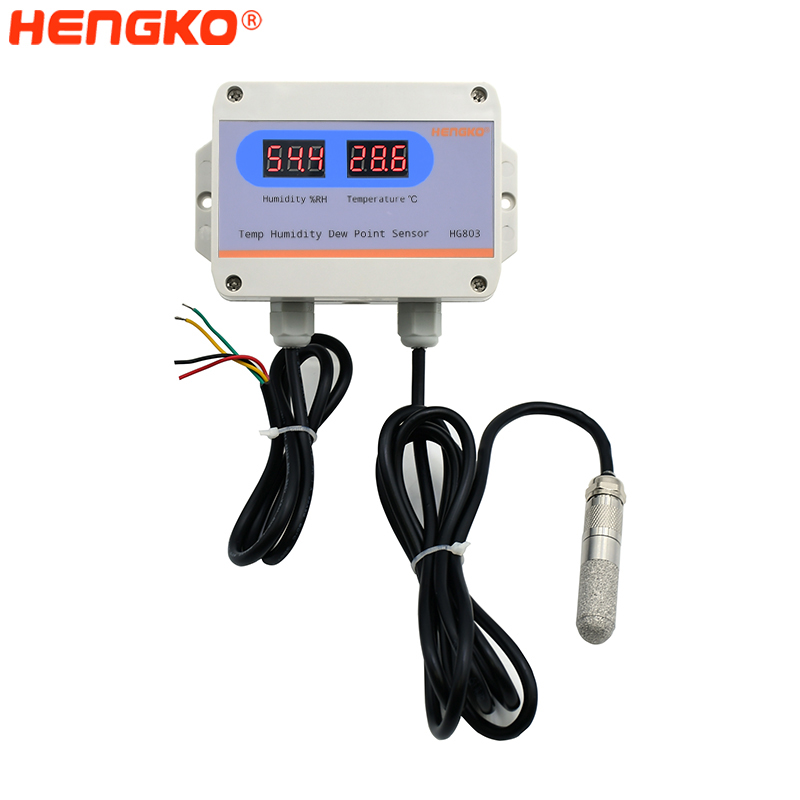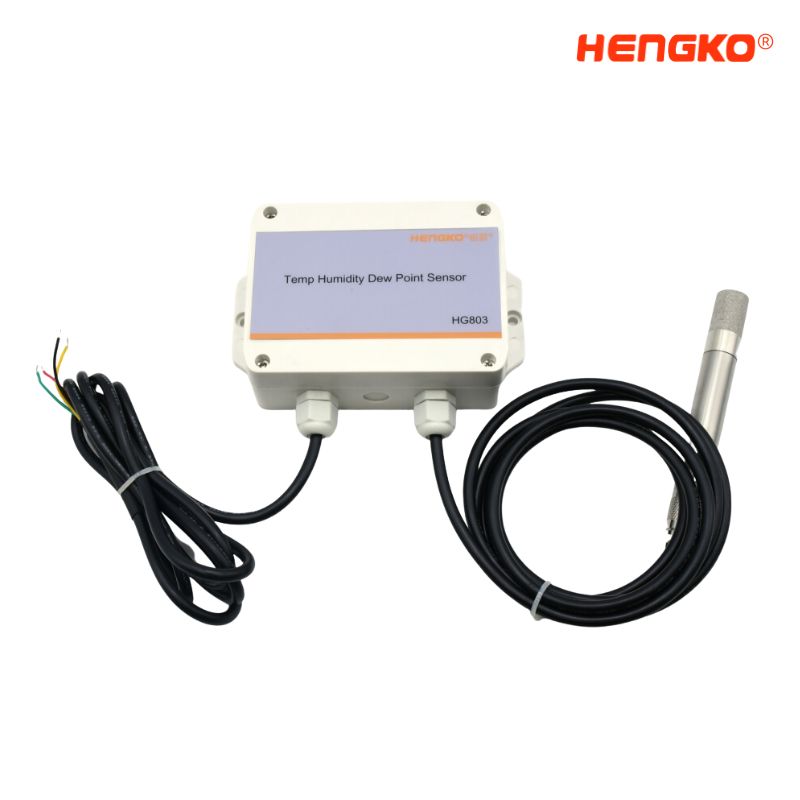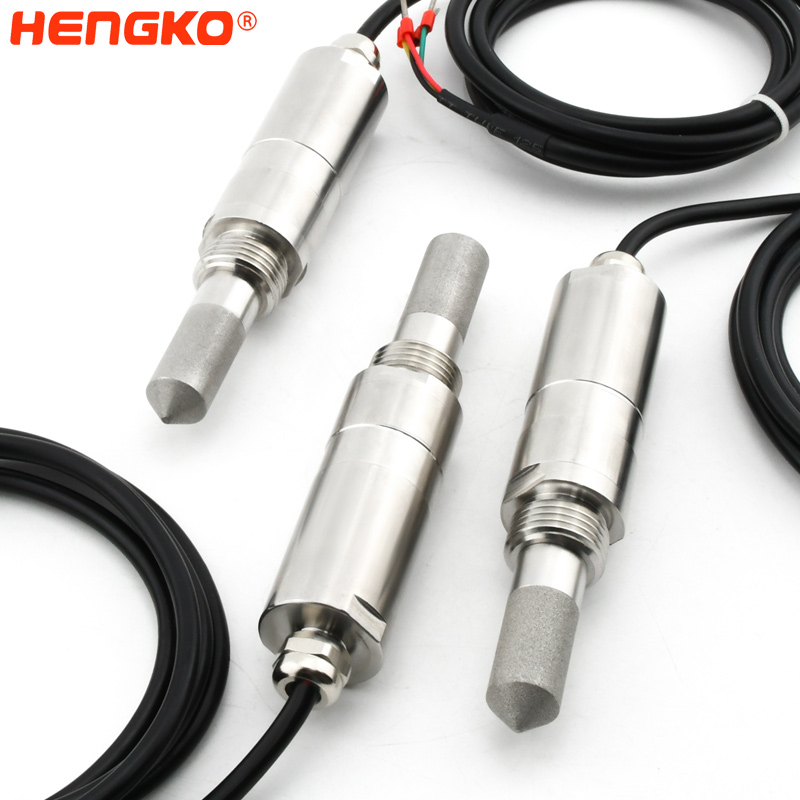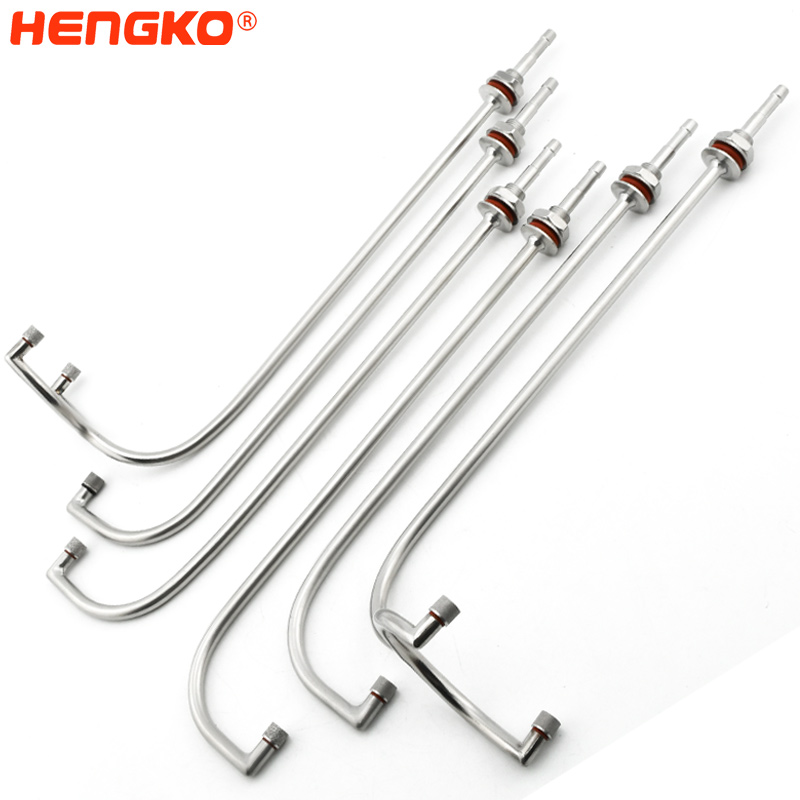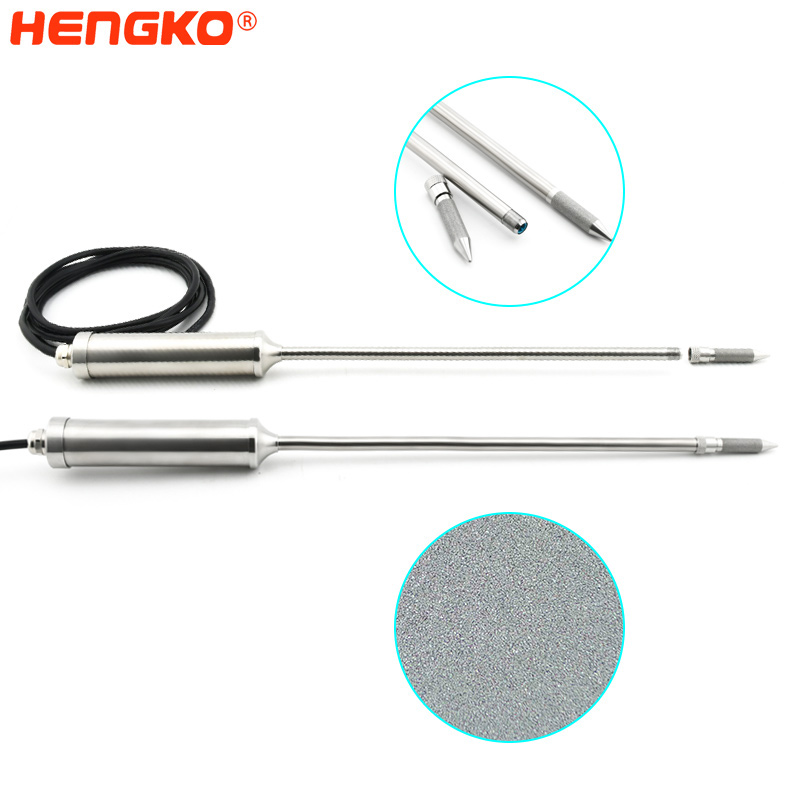Custom Any Design Sintered Metal Filters
-
-
-
Tailored Filtration Solutions for Advanced Industries
* Air Muffler Silencer
* Air Diffusion Stone
* Explosion-Proof Gas Sensor
* High Purity Gas Filter
* VCR Gasket Filter
-
OEM & Inquiry For Price List
As Your Porous Metal Filter and Industrial Humidity Sensor Solutions Partner, HENGKO, with Rich Experience in Design and Manufacturing Thousands of Applications, Create Highly Engineered Products to 100% Meet Your Project Needs. Tell Us More About Your Project, and We Are Pleasure Can Help You! Contact Us Today!
Get Instant Quotationexplore our Feature Products
Here Are Some Hot Sale Sintered Metal Filter Elements and Industry Humidity Monitor Products, With Factory Price, No Middle Man; 100% Warranty Service











